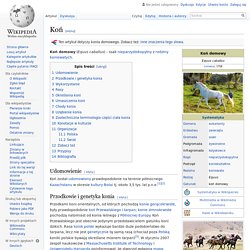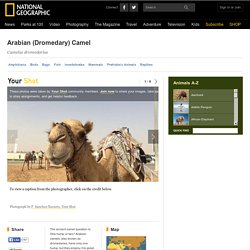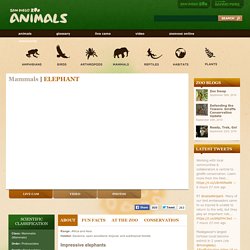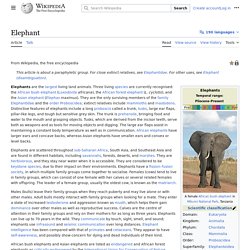

Zwierzęta. Mrowka. Koń. Koń domowy (Equus caballus) – ssak nieparzystokopytny z rodziny koniowatych.

Udomowienie[edytuj] Koń został udomowiony prawdopodobnie na terenie północnego Kazachstanu w okresie kultury Botai tj. około 3,5 tys. lat p.n.e.[1][2] Przodkowie i genetyka konia[edytuj] Wykorzystanie[edytuj] Rasy[edytuj] Wyhodowano wiele ras koni. Polskie rasy koni: Określenia koni[edytuj] Nazwy koni w zależności od wieku: sysak – młody koń do około 6 miesiąca życia, odżywia się głównie mlekiem matki.odsadek – młody koń odłączony od klaczy matkiźrebię – młody koń poniżej 1 roku.klaczka – samica konia w wieku 1-3 lat.ogierek – samiec konia w wieku 1-3 lat.klacz, kobyła – samica konia powyżej trzeciego roku życia.ogier – samiec konia powyżej trzeciego roku życia, zazwyczaj hodowany dla rozrodu.
Inne nazwy: Umaszczenia koni[edytuj] Koń kasztanowaty i siwy przy pracy Osobny artykuł: Umaszczenie koni. Appaloosa należą do koni o maści leopard. Chody konia[edytuj] Kłus wyciągnięty w wykonaniu siwego ogiera rasy andaluzyjskiej. Camel. Arabian (Dromedary) Camels, Arabian (Dromedary) Camel Pictures, Arabian (Dromedary) Facts. The ancient camel question is: One hump or two?

Arabian camels, also known as dromedaries, have only one hump, but they employ it to great effect. The hump stores up to 80 pounds (36 kilograms) of fat, which a camel can break down into water and energy when sustenance is not available. These humps give camels their legendary ability to travel up to 100 desert miles (161 kilometers) without water. Camels rarely sweat, even in desert temperatures that reach 120°F (49°C), so when they do take in fluids they can conserve them for long periods of time. In winter, even desert plants may hold enough moisture to allow a camel to live without water for several weeks. When camels do refill, however, they soak up water like a sponge. Other adaptations help dromedaries thrive in desert conditions. Arabian camels have been domesticated for approximately 3,500 years and have been long valued as pack animals. Elephant. Our first elephants Empress and Queenie were the San Diego Zoo’s first elephants, arriving here in 1923 via train from San Francisco.

After being led off the train, the two Asian elephants refused to move another step, no matter how much encouragement they received. The Zoo’s founder, Harry Wegeforth, M.D., was there to greet them, and it occurred to him that they were probably used to being ridden, so he climbed up on Empress and another staff member did the same with Queenie, and off they walked from the train station to the Zoo, gathering many astonished looks along the way! Peaches was the San Diego Zoo’s first African elephant—and she made sure to be a memorable one, too. When she arrived in 1953, she was three years old, smart, curious, and, as then ZOONOOZ editor Ken Stott described her, “playful as a quarter-ton kitten.” She had made the journey from Africa to San Diego with keeper Ralph “Gabe” Davis, and they got along famously—at least most of the time. My Pet Elephant - Learn to Clean + 1 hour kids Video compilation by My Magic Pet Morphle. Elephant. Large terrestrial mammals with trunks from Africa and Asia The elephants are the large mammals forming the family Elephantidae in the order Proboscidea.

Three species are currently recognised: the African bush elephant (Loxodonta africana), the African forest elephant (L. cyclotis), and the Asian elephant (Elephas maximus). Elephants are scattered throughout sub-Saharan Africa, South Asia, and Southeast Asia. Elephantidae is the only surviving family of the order Proboscidea; other, now extinct, members of the order include deinotheres, gomphotheres, mammoths, and mastodons. All elephants have several distinctive features, the most notable of which is a long trunk (also called a proboscis), used for many purposes, particularly breathing, lifting water, and grasping objects. Elephants are herbivorous and can be found in different habitats including savannahs, forests, deserts, and marshes. Etymology Taxonomy Classification, species and subspecies Evolution and extinct relatives Dwarf species.
Morphle's Elephant Adventures! (+1 hour funny Morphle kids animal videos compilation) Elephants Communicate While at Play. Ale język.